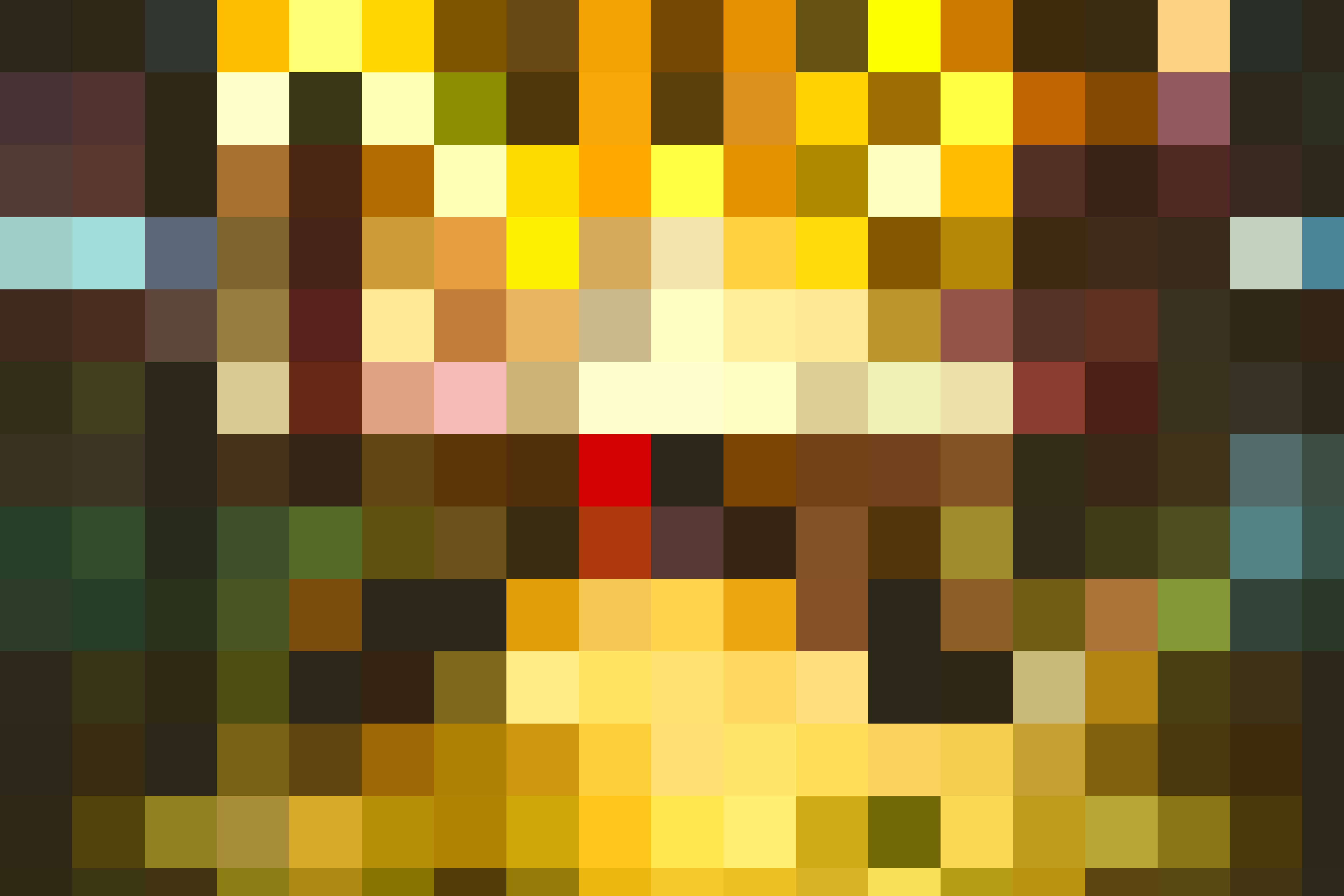In any case, when zoomed in or purposely distorted,
images can seem blurred or pixelated through this process known as pixelation. The process involves making image dots (pixels) larger making it less detailed with softer longing strokes.By accident, in the beginning, pixelation occurred as a result of low resolution
images enlarged beyond their capacity. However today; it is now used with intention for purposes such as privacy, fashion and design.
Reasons to Use Pixelation for Privacy

A main cause of image pixelation is privacy. When there is a need to protect personal details or sensitive
images, pixelization in a way becomes an easy and fast process. Some convincing reasons include:
- Hiding Faces in Photos: Protecting identities, especially for images used in public content or shared online.
- Blurring License Plates: Ensuring that vehicle details are concealed for security purposes.
- Securing Personal Data on Screens: Screenshots may contain sensitive information that pixelation can obscure.
- Protecting Private Locations: Pixelation can blur out specific places or details that shouldn’t be public.
Pixelation is a useful and ethical approach to find a balance between respect for privacy and sharing of information only when it is used well.
Creative Uses of Pixelation for Style
Apart from confidentiality, in the realm of aesthetics and creative work, pixelation has also become common.
Images acquire an exceptional appearance when pixelated thus giving them some touch of nostalgia or modernity. Here are some artistic applications:
- Retro Aesthetic: Embracing a nostalgic, ‘80s and ‘90s video game look can create a sense of timeless digital art.
- Abstract Art: Designers use pixelation to transform everyday photos into abstract pieces that leave room for interpretation.
- Focus and Framing: Blurring the background to draw attention to a particular subject without using a standard blur effect.
- Layering Textures: Pixelation adds texture, giving images a unique layered feel that stands out visually.
You can go for pixelation in design and photography to make it aesthetic or artistic.
How to Pixelate Images Easily
May Posture Little Rock Airport could be perceived as complex matter but it is actually simple! In order to pixelate an image you do not need any advanced software nor designing skills. There are various tools available online most of which are free of charge and user-friendly allowing one to create an effect of pixelation in just few clicks!To kick-off, adhere to these fundamental procedures:
- Choose Your Image: Select the image you want to pixelate. High-contrast images work best for a bold pixel effect.
- Upload to a Pixelation Tool: Use an online editor like Photoshop, Canva, or any other pixelation tool to get started.
- Apply the Pixelation Effect: Look for options like “Mosaic” or “Pixelate.” Adjust the intensity or size of the pixels to achieve the desired level of blur.
- Preview and Save: Check your result, then save your image. Most tools allow you to adjust and fine-tune the effect before downloading the final image.
Slight variations can occur with these steps based on the tool being used, but the process is quite simple. Eventually, you will master the art of pixelating
images—whether for your privacy or style choice!
Tools to Help with Pixelating Images
There are various famous tools, which are used for image pixelation. Ranging from high-end programs to simple online pages meant for completion of an immediate task, these tools differ in terms of toughness. Here is a small list showing few of the leading tools:
| Tool | Description | Price |
|---|
| Photoshop | A powerful editing tool with detailed pixelation effects. | Subscription-based |
| Canva | Offers a simple pixelation effect for casual users. | Free & Paid Options |
| Pixelied | An online editor with straightforward pixelation features. | Free & Paid Options |
| Pixlr | A beginner-friendly tool for quick and easy pixelation. | Free & Paid Options |
This tool serves a wide array of requirements and pricing ranges that allow you to choose one which suits best to where you are at in understanding it as well as how much quality you want from it.
Pixelation Best Practices
There are a couple of important guidelines that ought to be followed when pixelating to get good results. Whatever your reason for pixelating, be it to protect privacy or to make an image attractive, following these guidelines will guarantee you professional looking and neat images:
- Adjust Pixel Size Thoughtfully: Larger pixels offer a bolder, more abstract look, while smaller pixels retain some detail. Match the pixel size to the image’s purpose.
- Use High-Resolution Images: Start with a high-resolution image for sharper, higher-quality pixelation. Low-resolution images can look blurry when pixelated.
- Limit Pixelation Areas: If using pixelation for privacy, consider only pixelating necessary sections, like faces or private details, to retain more of the image’s natural look.
- Experiment with Style: Pixelation isn’t just functional—it can be artistic. Experiment with various pixel sizes and intensities to create unique visual effects.
Just ensure for pixelated photos that they are nice-looking according to both style and privacy aspects.
Frequently Asked Questions about Pixelating Images
Although pixelating pictures appears simple, but you may still be left with a few queries. This article will discuss various issues concerning pixelation including privacy and also creative uses for it.
- Can pixelation be undone?Once an image is pixelated and saved, it’s usually challenging to revert back to the original. Pixelation removes fine details, so it’s best used when you're sure that certain parts of the image should remain blurred or abstract.
- What is the difference between pixelation and blurring?While both techniques obscure details, pixelation uses blocks of color, creating a digital, boxy look, whereas blurring softens and smudges, giving a smooth effect. Pixelation is often chosen for a more structured or retro style.
- Which areas of an image should be pixelated for privacy?Typically, sensitive areas like faces, license plates, screen data, or specific locations are pixelated to protect privacy. Only covering necessary parts helps keep the image's context intact while concealing private details.
- Is pixelation suitable for social media content?Yes! Many creators use pixelation in social media posts to add style, focus on key elements, or maintain viewer interest. It can be particularly useful in preview images or to generate curiosity about certain details.
- Are there free tools for pixelation?Absolutely. There are several free online tools, including Canva, Pixlr, and Pixelied, that offer pixelation features for both privacy and artistic purposes.
 A main cause of image pixelation is privacy. When there is a need to protect personal details or sensitive images, pixelization in a way becomes an easy and fast process. Some convincing reasons include:
A main cause of image pixelation is privacy. When there is a need to protect personal details or sensitive images, pixelization in a way becomes an easy and fast process. Some convincing reasons include:
 admin
admin








